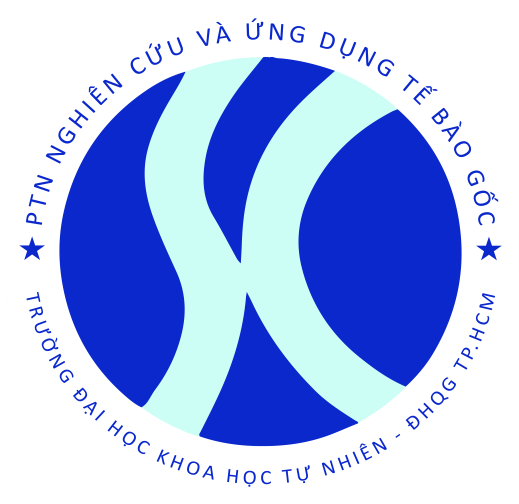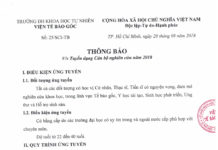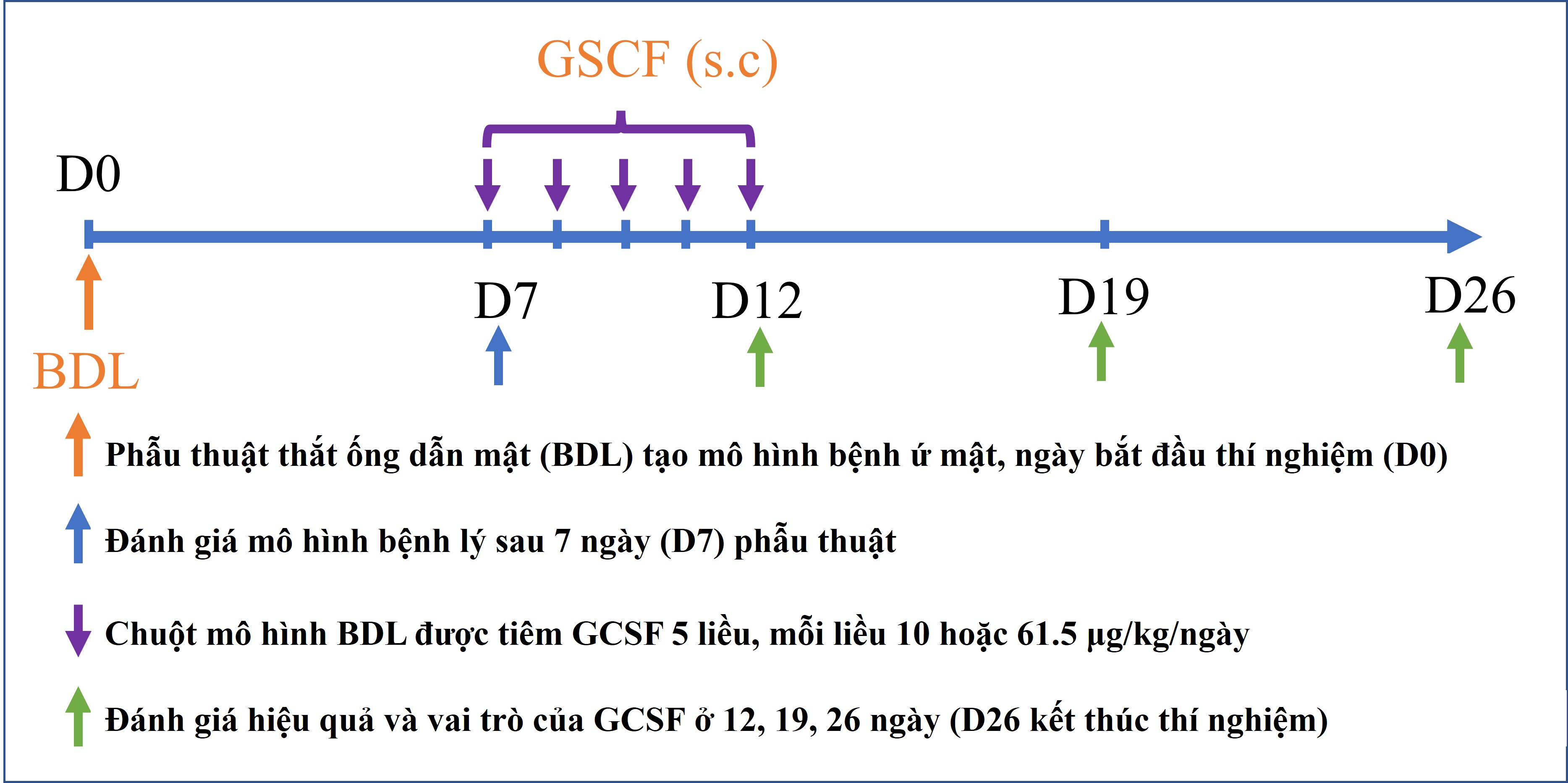Isolation and proliferation of umbilical cord tissue derived mesenchymal stem cells for clinical applications
- Phuc Van Pham Email author
- , Nhat Chau Truong
- , Phuong Thi-Bich Le
- , Tung Dang-Xuan Tran
- , Ngoc Bich Vu
- , Khanh Hong-Thien Bui
- , Ngoc Kim Phan
Abstract
Umbilical cord (UC) is a rich source of rapidly proliferating mesenchymal stem cells (MSCs) that are easily cultured on a large-scale. Clinical applications of UC–MSCs include graft-versus-host disease, and diabetes mellitus types 1 and 2. UC–MSCs should be isolated and proliferated according to good manufacturing practice (GMP) with animal component-free medium, quality assurance, and quality control for their use in clinical applications. This study developed a GMP standard protocol for UC-MSC isolation and culture. UC blood and UC were collected from the same donors. Blood vasculature was removed from UC. UC blood was used as a source of activated platelet rich plasma (aPRP). Small fragments (1–2 mm2) of UC membrane and Wharton’s jelly were cut and cultured in DMEM/F12 medium containing 1 % antibiotic–antimycotic, aPRP (2.5, 5, 7.5 and 10 %) at 37 °C in 5 % CO2. The MSC properties of UC–MSCs at passage 5 such as osteoblast, chondroblast and adipocyte differentiation, and markers including CD13, CD14, CD29, CD34, CD44, CD45, CD73, CD90, CD105, and HLA-DR were confirmed. UC–MSCs also were analyzed for karyotype, expression of tumorigenesis related genes, cell cycle, doubling time as well as in vivo tumor formation in NOD/SCID mice. Control cells consisted of UC–MSCs cultured in DMEM/F12 plus 1 % antibiotic–antimycotic, and 10 % fetal bovine serum (FBS). All UC-MSC (n = 30) samples were successfully cultured in medium containing 7.5 and 10 % aPRP, 92 % of samples grew in 5.0 % aPRP, 86 % of samples in 2.5 % aPRP, and 72 % grew in 10 % FBS. UC–MSCs in these four groups exhibited similar marker profiles. Moreover, the proliferation rates in medium with PRP, especially 7.5 and 10 %, were significantly quicker compared with 2.5 and 5 % aPRP or 10 % FBS. These cells maintained a normal karyotype for 15 sub-cultures, and differentiated into osteoblasts, chondroblasts, and adipocytes. The analysis of pluripotent cell markers showed UC–MSCs maintained the expression of the oncogenes Nanog and Oct4 after long term culture but failed to transfer tumors in NOD/SCID mice. Replacing FBS with aPRP in the culture medium for UC tissues allowed the successful isolation of UC–MSCs that satisfy the minimum standards for clinical applications.
Keywords
Activated platelet rich plasma Clinical application of mesenchymal stem cells Umbilical cord Umbilical cord derived mesenchymal stem cells Good manufacturing practice UC–MSCs
- Title
- Isolation and proliferation of umbilical cord tissue derived mesenchymal stem cells for clinical applications
- Journal
- Cell and Tissue Banking
- DOI
- 10.1007/s10561-015-9541-6
- Print ISSN
- 1389-9333
- Online ISSN
- 1573-6814
- Publisher
- Springer Netherlands
- Additional Links
- Topics
- Keywords
-
- Activated platelet rich plasma
- Clinical application of mesenchymal stem cells
- Umbilical cord
- Umbilical cord derived mesenchymal stem cells
- Good manufacturing practice
- UC–MSCs
- Industry Sectors
- Authors
-
- Phuc Van Pham
 (1)
(1) - Nhat Chau Truong
 (1)
(1) - Phuong Thi-Bich Le
 (2)
(2) - Tung Dang-Xuan Tran
 (2)
(2) - Ngoc Bich Vu
 (1)
(1) - Khanh Hong-Thien Bui
 (3)
(3) - Ngoc Kim Phan
 (1)
(1)
- Phuc Van Pham
- Author Affiliations
-
- 1. Laboratory of Stem Cell Research and Application, University of Science, Vietnam National University, Ho Chi Minh City, Vietnam
- 2. Van Hanh Stem Cell Unit, Van Hanh Hospital, Ho Chi Minh City, Vietnam
- 3. University Medical Center, University of Medicine and Pharmacy, Ho Chi Minh City, Vietnam




